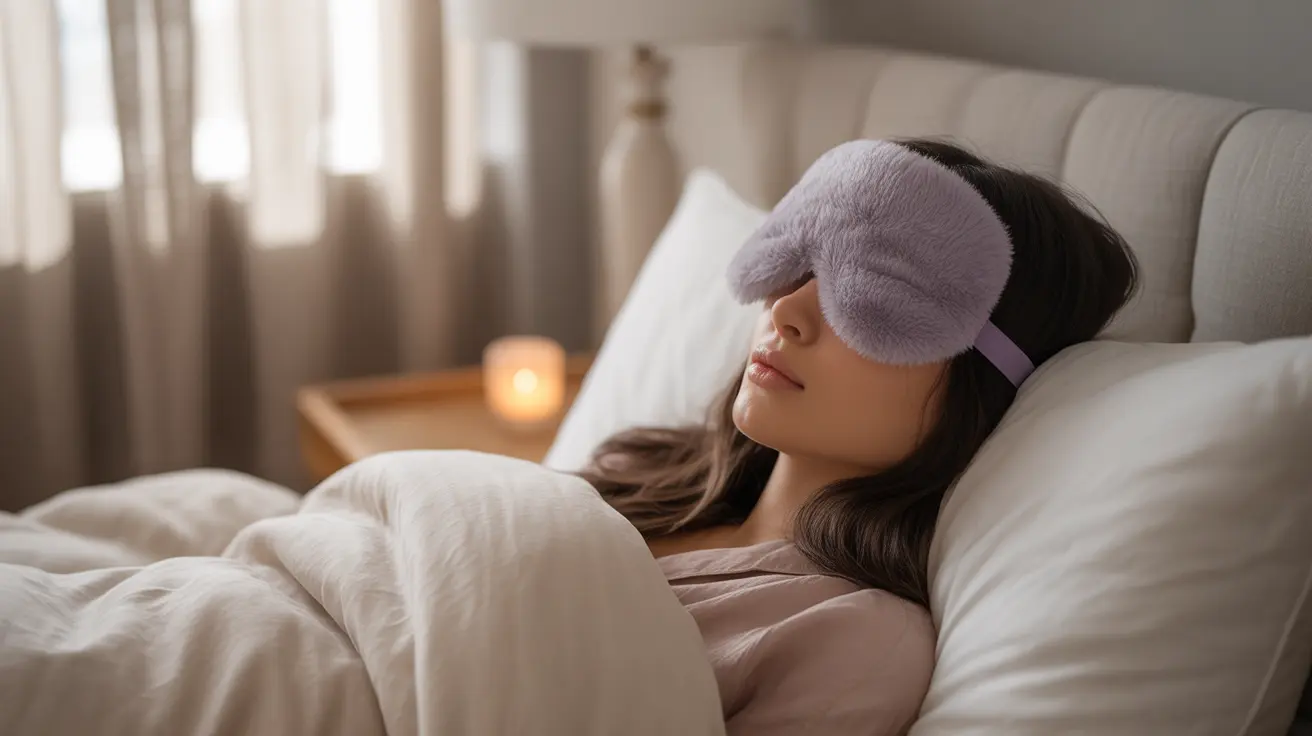Getting quality sleep is essential for overall health and well-being, and sleep masks have emerged as a valuable tool for creating optimal sleeping conditions. These simple yet effective accessories can transform your sleep experience by blocking out disruptive light and helping your body maintain its natural sleep-wake cycle.
In this comprehensive guide, we'll explore everything you need to know about selecting and using sleep masks effectively, from their various benefits to choosing the perfect mask for your specific needs.
Understanding the Benefits of Sleep Masks
Sleep masks offer numerous advantages that can significantly improve your sleep quality. By creating complete darkness, they help stimulate melatonin production, your body's natural sleep hormone. This can lead to faster sleep onset and more restful slumber throughout the night.
Additionally, sleep masks can be particularly beneficial for shift workers, frequent travelers, and those living in areas with extended daylight hours or excessive light pollution.
Types of Sleep Masks Available
Traditional Flat Masks
These basic masks feature a simple design with an elastic band. They're lightweight and affordable, making them ideal for beginners or occasional use.
Contoured Masks
Designed with molded cups that prevent pressure on your eyes, these masks are perfect for those who want to protect their eye makeup or find traditional masks uncomfortable.
Weighted Masks
These therapeutic masks contain gentle weights that provide a calming pressure, similar to deep pressure therapy. They're excellent for anxiety relief and promoting relaxation.
Choosing the Right Sleep Mask Material
Natural Fabrics
Cotton and silk are popular choices for their breathability and skin-friendly properties. Silk, in particular, is excellent for preventing facial creases and maintaining skin hydration.
Synthetic Materials
Memory foam and polyester blends offer durability and often feature moisture-wicking properties. These materials can be particularly good for active sleepers.
Features to Consider When Shopping
When selecting a sleep mask, consider these important features:
- Adjustable straps for customized fit
- Light-blocking effectiveness
- Breathability of materials
- Durability and washing instructions
- Special features like cooling gel inserts or aromatherapy options
Tips for Using Sleep Masks Effectively
To maximize the benefits of your sleep mask:
- Ensure proper fit without being too tight
- Replace your mask regularly to maintain hygiene
- Consider having multiple masks for rotation
- Store in a clean, dry place when not in use
Frequently Asked Questions
What are the key benefits of using a sleep mask for improving sleep quality?
Sleep masks block out ambient light, promoting natural melatonin production and helping maintain your circadian rhythm. They can lead to faster sleep onset, deeper sleep, and fewer nighttime disturbances.
How do I choose the best sleep mask based on material and fit for sensitive skin or side sleeping?
For sensitive skin, opt for natural materials like silk or hypoallergenic cotton. Side sleepers should choose contoured masks with flat or minimal seams. Ensure the straps are adjustable and the mask doesn't put excessive pressure on your face.
What types of sleep masks are available and which ones help with relaxation or reducing eye puffiness?
Available types include traditional flat masks, contoured masks, weighted masks, and specialty masks with cooling gel or aromatherapy features. For eye puffiness, consider masks with cooling gel inserts. Weighted masks are particularly effective for relaxation.
Can sleep masks help with jet lag or adjusting to new time zones?
Yes, sleep masks can help manage jet lag by blocking out light at appropriate times, helping your body adjust to new sleep schedules more quickly. They're especially useful when trying to sleep during daylight hours in different time zones.
How should I clean and maintain my sleep mask to ensure comfort and hygiene?
Hand wash your sleep mask using mild detergent and warm water, or follow the manufacturer's specific care instructions. Allow it to air dry completely before use. Replace your mask every 3-6 months or sooner if it shows signs of wear.




